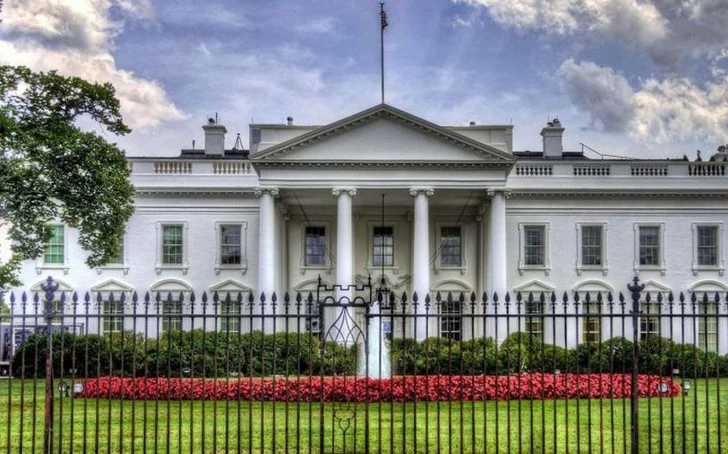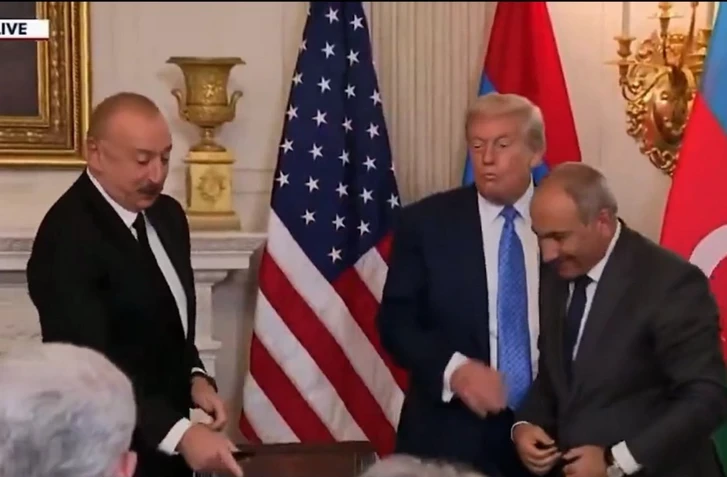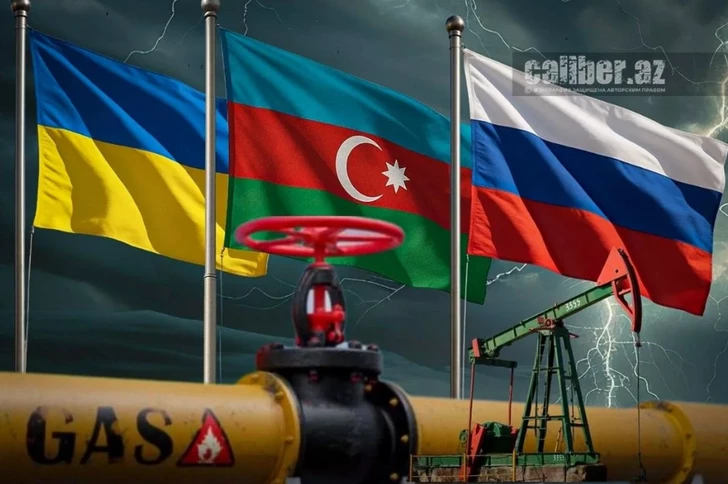Washington, D.C., August 10 – A landmark summit between Azerbaijani President Ilham Aliyev, Armenian Prime Minister Nikol Pashinyan, and U.S. President Donald Trump concluded in Washington with the signing of key agreements on peace, economic cooperation, and regional transport integration. The outcome signals a potential long-term shift in the South Caucasus power balance, opening new political and economic avenues for stability and development.
One of the most notable points in the Joint Declaration was the commitment to ensure free and unimpeded movement between mainland Azerbaijan and its Nakhchivan exclave — the much-debated Zangezur Corridor. While some in Washington informally dubbed it the “Trump Route,” the underlying strategic importance remains unchanged.
Zangezur Corridor: A New Geopolitical Move
The corridor is more than a transport link — it is a statement of a new regional reality. For Azerbaijan, it strengthens connectivity with allies, expands trade and security cooperation, and reduces reliance on older, vulnerable routes. For Armenia, it presents an opportunity to rethink its foreign policy posture, diversify alliances, and anchor stability through broader regional engagement.
By creating a direct land connection, the project also redefines the logistical map of the South Caucasus, positioning Azerbaijan as a more autonomous and strategically indispensable actor.

Repeal of Section 907: Towards Strategic Partnership
Equally significant was the U.S. decision to repeal Section 907 of the Freedom Support Act, which for over three decades restricted military and economic assistance to Azerbaijan. Its removal marks a turning point in bilateral relations, signalling Washington’s readiness to deepen cooperation with Baku across security, technology, and trade.
For Azerbaijan, this step not only opens new strategic opportunities but also reduces vulnerabilities to external pressures. For the South Caucasus as a whole, it reflects a pivot toward more diversified alliances, with the United States positioning itself as a guarantor of regional stability.

Dissolution of the OSCE Minsk Group: End of an Era
Another milestone was the call to dissolve the OSCE Minsk Group, which for more than thirty years failed to produce a resolution to the Karabakh conflict. Aliyev has consistently argued that the group preserved the status quo rather than delivering results.
At the July 2025 Shusha Global Media Forum, the Azerbaijani leader stated that peace could follow once Armenia amends its constitution and the Minsk Group is formally disbanded. With one condition now met, Yerevan faces growing pressure to follow through on constitutional changes. The dissolution marks a decisive shift away from outdated mediation formats toward more agile and results-driven diplomacy.
Changing Geopolitical Dynamics
Historically, Russia maintained dominant influence in the South Caucasus through proximity and security leverage. But the emergence of new players — notably the United States — is altering this balance. The Zangezur Corridor illustrates this transformation: it is less about territorial control and more about strategic partnerships and economic interdependence.
Moscow now faces the challenge of retaining relevance in a region where its role is increasingly questioned. Tensions with Azerbaijan, including the recent AZAL aircraft incident in Russian airspace and reported mistreatment of the Azerbaijani diaspora in Russia, have further strained relations. Baku’s intent to take the case to an international court underscores the depth of the rift.
While Russia may seek to reclaim a mediation role, its path is complicated by both political mistrust and a reluctance to adapt to new realities.
Azerbaijan’s Strategic Positioning
Under Aliyev’s leadership, Azerbaijan has leveraged international dynamics to reinforce its role as a key regional actor. The combination of Western engagement, economic diversification, and infrastructure projects like the Zangezur Corridor has boosted its diplomatic standing and reduced dependency on any single power.
As old geopolitical models give way to flexible diplomacy and pragmatic alliances, the South Caucasus enters a phase where influence will be shaped not by legacy control, but by the ability to forge mutually beneficial cooperation. Whether this shift leads to lasting stability will depend on how all regional players — old and new — adapt to the changing strategic map.
By Report










